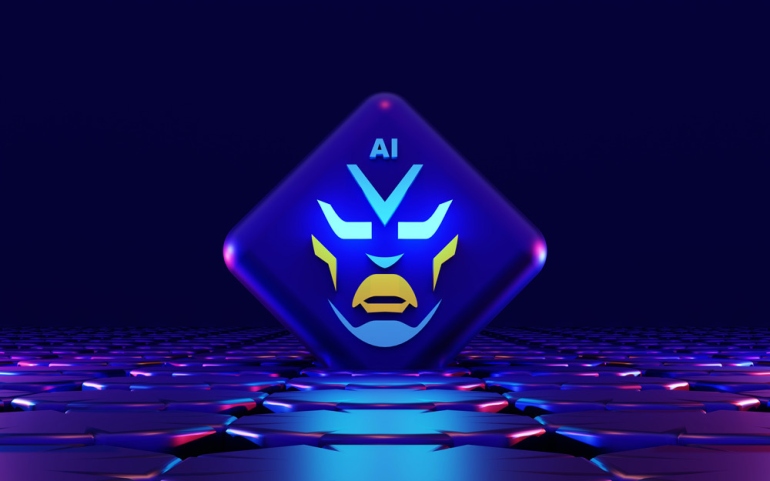As a web developer, I'm always looking for innovative ways to improve my work and stay ahead in the industry. Since its release in November, I've been using GPT-3 to help boost my productivity and remove some of the more tedious jobs from my day to day work. In this blog post, I'll share how GPT-3 and its successor, GPT-4, have changed how I work and helped improve my code.
GPT-3...not so much
Initially, I found GPT-3 to be a helpful, at times mesmerising and at times just plain flashy, and sidekick. It assisted me and others in the team to synthesize dry documentation; re-draft notes into emails or documentation; brainstorm approaches to building apps and writing code; quickly locate the correct hooks to use for frameworks from documentation; debug code; and generally inspire us to think about the future of AI.
However, it's party trick for us developers was to output code based on written English prompts. But as I started using it to write code, I noticed many limitations, errors and dead ends. GPT-3, and its successor GPT-3.5, often wrote code that would break when used in a real application due to the use of made up hooks, a lack of appreciation for the context or just straight-up bugs. Worse still, when challenged Chat GPT would send me to outdated documentation (likely due to its training data being two years old) or simply rewrite everything in its entirity without addressing the bugs I raised. As a result I found myself using it less and less.
GPT-4...the future is here!
But then I upgraded to GPT-4 and was thrust into the future I'd been promised! GPT-4 is the latest publically available GPT model released by Open AI and costs $20 per month. Within hours it became my virtual pair programming partner, enabling me to delegate tedious and simple coding tasks while also engaging in meaningful discussions about classes and methods, hooks and filters.
The outputs are accurate and in context. I can delegate basic jobs and rely on it to produce a useful code, which can be refined and improved through discussion with the bot. Although I still need to perform quality control, debug, and critically assess GPT-4's outputs, the AI increasingly allows me to focus on the bigger picture instead of getting bogged down in the humdrum.
After just a few weeks, I now turn to GPT-4 for initial drafts of specific tasks right away, such as htaccess rewrites, REGEX, simple coding tasks, and finding content in documentation. The cliché of GPT-4 feeling more like an intern or junior developer instead of a novelty has become my reality.
...for now
In 5 short months of using various GPT models, they now feel like a key part of my toolkit and have become second nature. For now, at least, I liken my usage to how I used a calculator as a maths undergraduate.
As for the future - GPT models are already being exposed to the Internet, chained together to execute tasks by taking their own decisions based on each other's output, and upgraded with faster silicone brains. Will this blog be looked up in 6 months time as quaint historical artifact? Let's ask GPT-4...





